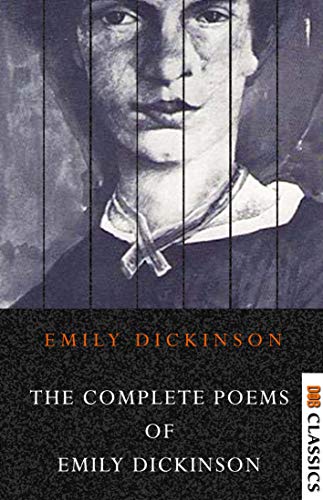Избранное из переводов Дикинсон. 721
А предо мной — ход Вечности —
Меж ними — Мой Черед —
Смерть — лишь c Востока Серый Цвет,
Растаяв, перейдет в Рассвет,
Закат вершит итог —
И Царства — говорят — потом —
Где Вечная Монархия,
Чей Принц — есть сын Ничто.
Он Сам в Его Бессрочности —
Он Сам — Свое подобье дал —
В Повторе Всех Начал —
Есть Тайна в том — что предо Мной —
Есть Тайна там — за Мной, — а здесь —
Нам морем — серп Луны —
Полночье Севера — Ее —
И Юга Полночи — Ее —
И в Небе — Звездный вихрь —
721
Behind Me—dips Eternity—
Before Me—Immortality—
Myself—the Term between—
Death but the Drift of Eastern Gray,
Dissolving into Dawn away,
Before the West begin—
’Tis Kingdoms—afterward—they say—
In perfect—pauseless Monarchy—
Whose Prince—is Son of None—
Himself—His Dateless Dynasty—
Himself—Himself diversify—
In Duplicate divine—
’Tis Miracle before Me—then—
’Tis Miracle behind—between—
A Crescent in the Sea—
With Midnight to the North of Her—
And Midnight to the South of Her—
And Maelstrom—in the Sky—
Emily Dickinson
In 1863, in the middle of the Civil War, Emily Dickinson imagines floating high above the earth This is a Civil War poem. Projected into the sky, the speaker imagines herself as a “term” negotiating between eternity and immortality at the heart of the storm that rages between the dark forces of North and South. But this is a strange civil war poem. It is not all that patriotic. It refuses to take sides. The self that Dickinson describes – positioned between past and future, eternity and immortality, North and South – is surprisingly unstable, hard to fix or pin down. Not only is she is at the heart of the maelstrom – she is a maelstrom. During the Civil War, when Dickinson was writing and revising furiously, her poetry often assumed a high-flying, abstract perspective on far-off violence. Poems such as “Behind Me – dips Eternity” bring together Dickinson’s preoccupations with perspective, with historical and theological time, and with the war. Dickinson was interested in what she called “compound vision,” and often presented a poetic point of view located somewhere outside of time and above the earth. She was also fascinated by the war. The carnage inspired her. With some regret, she described herself as a poet who sang “from the charnel steps” (JL 298). Many of her war poems are about violence, death, and uncertainty; a surprising number are also aerial perspective poems. But Dickinson’s version of the bird’s-eye view pushes beyond popular conventions. She has a particular knack for abstract aerial perspectives that are as disorienting as aerial photographs. Dickinson’s poetic vision was profoundly shaped by the visual structure of modern warfare. and its history, looking down. From that perspective, she sees time itself.
UKEssays.com
Стихи.ру 22 апреля 2011 года
Свидетельство о публикации №121111507311

